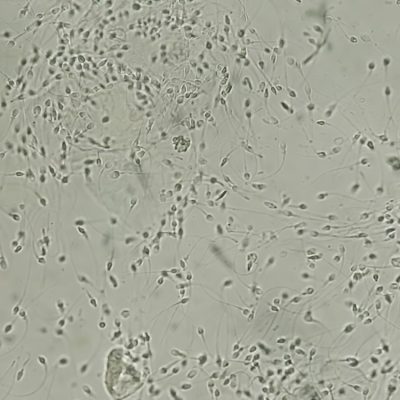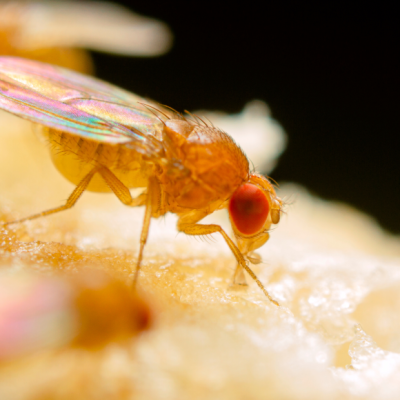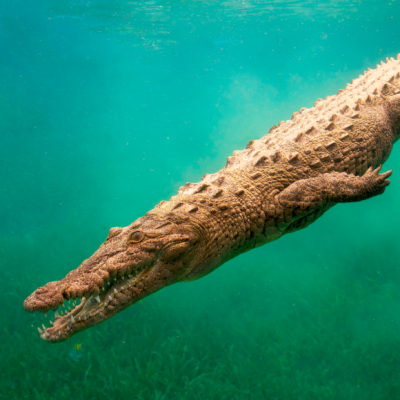House bats, a species of bat, have been found to have a penis so large that penetration during mating is impossible. However, researchers have now discovered how these bats are still able to mate for up to 12.7 hours. Previous assumptions in biology were that bats, like other mammals, mated through penetration. However, due to the nocturnal and secretive nature of these animals, it was difficult to observe their reproductive behavior. Researchers from the Leibniz Institute for Zoo and Wildlife Research and the University of Lausanne installed cameras in the roosting areas of House bats, which allowed them to film the mating process from below. The videos showed that the male bat’s genitalia enlarged significantly, reaching a length of about 16.5 millimeters, which is 20 percent of the animal’s total body length. The erect penis is about seven times longer than the vagina and has a heart-shaped, thickened tip that is significantly larger than the female’s vaginal opening.
The videos also revealed that the male’s genitalia is too large for penetration, leading to a deviation from the usual mating behavior. Instead, the male bites the female lightly on the neck and moves his lower body, using his large penis to expose the female’s genital opening, which is usually covered by the broad tail skin. The male then feels the vaginal opening with his penis, and both animals remain still. The male does not insert his genitalia into the female’s vagina but instead presses against the vaginal opening to transfer his sperm. The bats remain in this position for an average of 53 minutes, with the longest recorded mating lasting 12.7 hours. After mating, the female’s fur appears wet, indicating the presence of ejaculate and sperm.
This discovery is significant as it is the first known mammalian species where mating without penetration has been observed. The researchers are now investigating whether this non-penetrative mating behavior is present in other bat species. The study also reveals a new copulation pattern for mammals, which could have implications for understanding sexual selection in other species.










